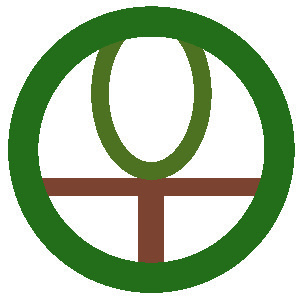Index Librorum Prohibitorum
“Index of Prohibited Books”
As has so often happens throughout history, the origins of this story was a conflict between science and religion. Or perhaps, one might better say, a confluence of the two.
The mid fifteenth century saw the revolutionary invention of the Gutenberg printing press with moveable type. Once only the spoils of the rich, books could now be printed for the greater public. Ideas no longer had to hide in small libraries; they could spread and take root in the minds of the everyman.
For many European governments this was alarming. So, controls were placed upon the printers who had to license their presses.
This was also alarming to the Catholic Church. With Martin Luther’s 1517 posting of the "Disputation on the Power and Efficacy of Indulgences," the Church was in turmoil with the beginnings of the Protestant Reformation. Heresy had to be contained.
Lists of banned works began to appear soon after in the Netherlands, Paris, and Venice. The first Roman Index appeared in 1557 under the direction of Pope Paul IV. It was soon withdrawn only to reappear in 1559 as the Pauline Index with a list of around 550 banned authors and their works. (A Sacred Congregation of the Index would meet several times a year to keep this index updated).
This was met with “mixed reviews,” so it was later revised in 1564 as the Tridentine Index. Not only were the works of Luther banned, but all scientific works written by Protestant biologists, geographers, and astronomers. (Heliocentrism was first allowed in the 1758 edition). This text remained the standard until Pope Leo XIII published his Index Leonianus in 1897.
The Sacred Congregation of the Index merged with the Holy Office in 1917 under Pope Benedict XV. And a new Codex Iuris Canonici was issued.
The last edition of the Index was published in 1948 under Pope Pius XII. It listed an astonishing 4,000 censored works.
Finally, in 1965 under Pope Paul VI, the Index was abandoned. It was recommended as guidelines for Christian conscience, but it was no longer an enforceable ecclesiastical law. Cardinal Ratzinger (who later became Pope Benedict XVI) said the Index retains its moral force despite its dissolution.”
Some of the banned authors included: Francis Bacon, Balzac, Giovanni Casanova, Nicolaus Copernicus, Daniel Defoe, Renee Descartes, Gustave Flaubert, Galileo Galilei, Victor Hugo, John Locke, John Milton, Blaise Pascal, George Sand, Voltaire, Emile Zola
3/23

